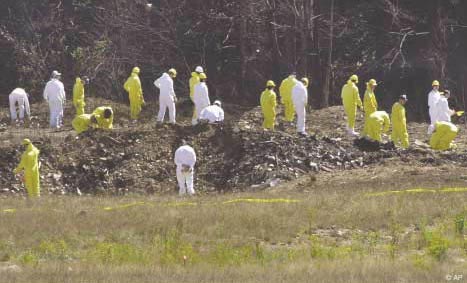[QUOTE=guamainiac;621520]................. Hard to believe that no outside credible (as they can be), agencies have seen the "hard data" ............................QUOTE]
My understanding was that the search areas based on the ping data were developed by the UK AAIB in conjunction with other credible agencies (such as NTSB, Australia, and perhaps Boeing).
My experience having worked on failure investigations is that the release of information to the public is usually restricted to the lead authority in the investigation.
My understanding was that the search areas based on the ping data were developed by the UK AAIB in conjunction with other credible agencies (such as NTSB, Australia, and perhaps Boeing).
My experience having worked on failure investigations is that the release of information to the public is usually restricted to the lead authority in the investigation.





Comment